
what is the relationship between art and technology
Are you curious about the world of arts, but find yourself constantly drawn to the latest technological advancements? Fear not, my friend! Stay tuned and discover

Are you curious about the world of arts, but find yourself constantly drawn to the latest technological advancements? Fear not, my friend! Stay tuned and discover how these two seemingly different fields can actually be combined.
Topics that are contained in this article.
/https://tf-cmsv2-smithsonianmag-media.s3.amazonaws.com/filer/d9/b8/d9b86288-12c0-4d93-95bd-795364577599/pollution_art_final.jpg)
Isn’t it amazing how technology has transformed the art world? With its help, artists can now produce incredibly intricate and complex pieces that were once impossible to create.
It’s truly remarkable how technology has opened up new possibilities for artists to express themselves and bring their visions to life.
With the advent of digital tools and software, artists can now experiment with new techniques and styles that were previously impossible.
For example, digital painting software allows artists to create detailed and realistic paintings that were once only possible with traditional mediums like oil or watercolor.
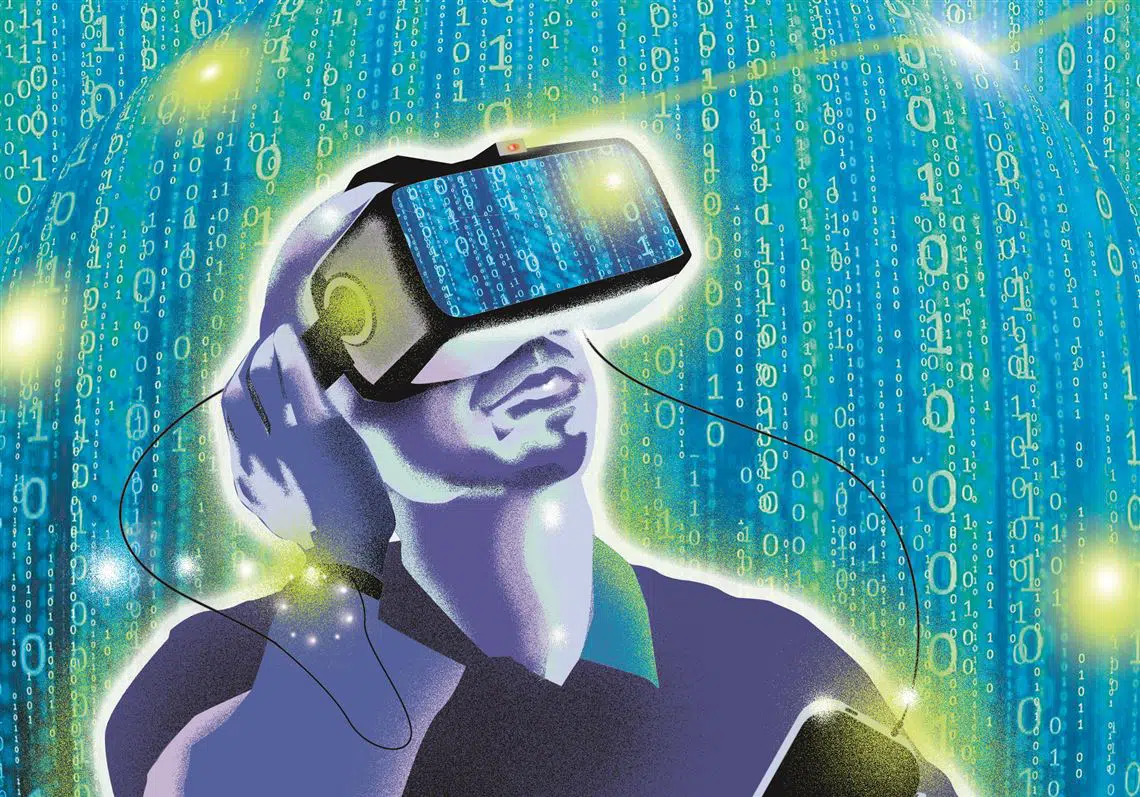
Art can be a great tool to help the general public better understand and approach technology.
It has the power to make complex concepts more accessible and relatable.
Let’s explore how art can help bridge the gap between technology and the public!

With the advent of digital platforms, art has become more democratized and accessible to a wider audience.
Moreover, technology has also made it easier for art enthusiasts to discover new artists and artworks.
With the help of search engines and recommendation algorithms, people can easily find art that aligns with their interests and preferences.
This has not only made art more accessible but has also helped to diversify the art world by promoting emerging artists and underrepresented styles.
In conclusion, technology has played a significant role in democratizing art by making it more widely available and accessible to people around the world.
Art and technology have been evolving at a rapid pace over the years.
When these two fields are combined, they can create immersive experiences that engage all of our senses.
It’s truly amazing what can be achieved when these two worlds come together!
With the advancements in technology, artists can now incorporate sound, touch, and even smell into their creations to provide a more immersive experience for the audience.
One example of art and technology working together is virtual reality (VR).
VR allows artists to create digital environments that can be experienced in a fully immersive way.



Are you curious about the world of arts, but find yourself constantly drawn to the latest technological advancements? Fear not, my friend! Stay tuned and discover
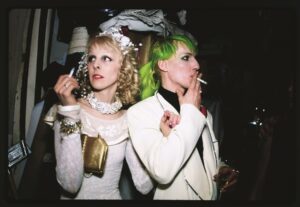
Contemporary trans artists are making waves in the art world. Hey, these artists are totally breaking down barriers and challenging traditional norms! They are using
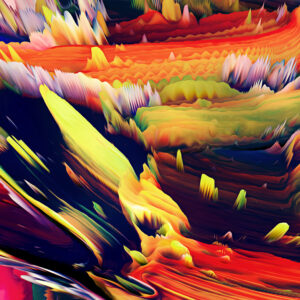
Hat die ki unsere Kunst für immer geändert Hey, hast du schon mal von Adobe und künstlicher Intelligenz gehört? Ich bin total begeistert von diesem
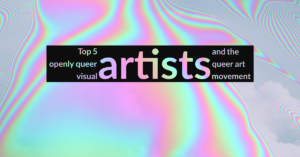
Did you know that The term “queer” was historically used as a derogatory term to describe individuals who did not conform to societal norms of

have you ever been conflicted with your own identity? Do you make art? And you ask yourself how these two actions correlate. well in this
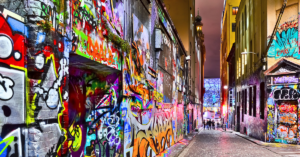
Why buy Artwork from new ARTISTS? A market for artists such as Abramovic, Picasso, or even Warhol is too explored because a lot of people